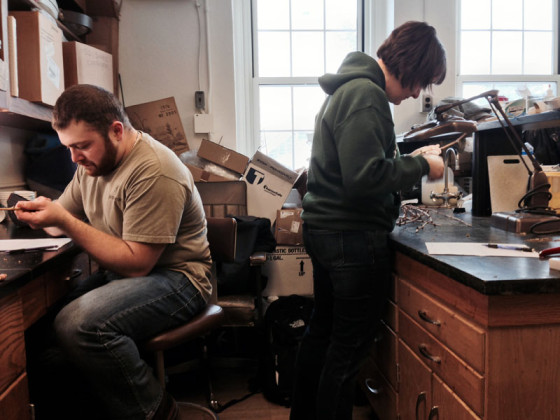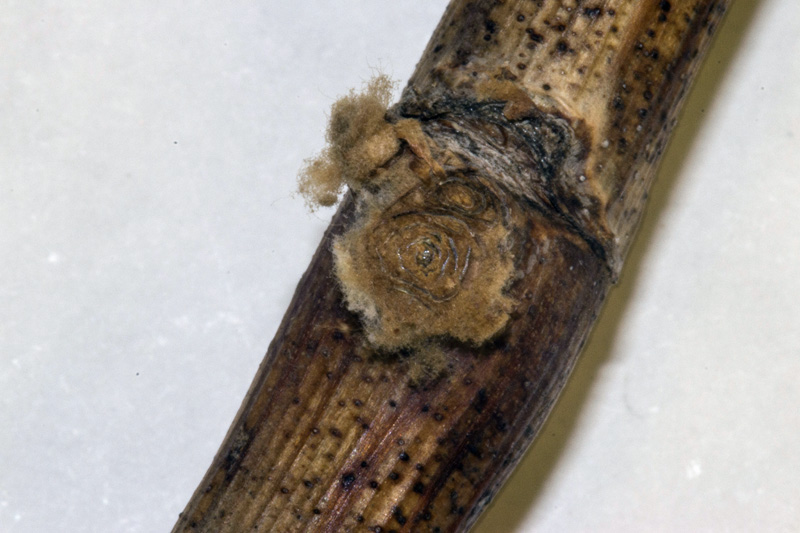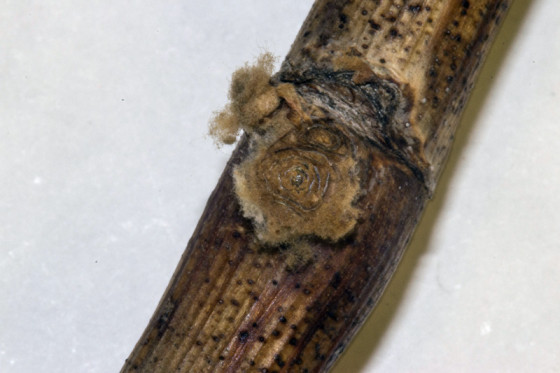Over the last two weeks of March, researchers cut more than 14,000 buds and collected more than 100 samples of vinifera. Teams visited 20 different sites, from vineyards on Seneca, Keuka, Cayuga, Canandaigua, and Skaneateles Lakes. The staff attempted to collect buds from a variety of locations even within single vineyard sites — buds from high up, buds from the center of vineyards, buds from the lower portions. The goal was to find as representative a sample as possible.
The average vinifera bud damage collected in the survey was 67%, covering 11 varieties. That’s not a perfect indication of crop loss, but it’s undeniably significant. In a statement attached to their results, Hans Walter-Peterson and Michael Colizzi stressed what the findings do — and do not — reveal.
“The level of bud injury for a given variety does not necessarily mean that the final crop this year will be reduced by that amount,” the researchers explained. “Growers have held off pruning many of these varieties, especially more cold sensitive vinifera cultivars, until they had a sense of how much injury there was in a given block. By doing so, they are able to make decisions about how to compensate for the amount of injury by retaining more buds on the vines, and therefore increasing the chance to have more live buds that will produce clusters.”
In other words: growers know how to play this game, and they can mitigate some of the damage. But certainly not all of it. Riesling, the region’s top performer, suffered an average of 70% damage in the survey.
Walter-Peterson and Colizzi feel that the most significant data from this survey is the range of damage for each variety.
“The level of injury varies a lot depending on location,” the researchers explained. “For example, injury in pinot noir ranged anywhere from 18% to 100%, depending on where the vineyard was located.” The findings help confirm the widely understood idea that certain sites are warmer than others, and certain varieties make more sense in certain places.
The rough winter has led the U.S. Department of Agriculture — after some nudging from Senator Chuck Schumer — to declare the 19 counties that make up the Finger Lakes region a “disaster zone.” This declaration means the federal government will step in to provide financial assistance for growers, allowing them to “replant and rehab,” in the words of several industry veterans.
But why replant? The Cornell survey focused on bud damage, not vine death. Researchers warn that vine death is still a possibility at some locations.
“Given the high level of bud injury in some varieties and locations, it seems likely that there will be some amount of trunk injury as well,” the researchers concluded.
Lemberger, pinot gris and cabernet franc fared the best for varieties from which researchers reviewed multiple samples. Cabernet sauvignon, merlot, and gruner veltliner suffered the worst damage. John Martini of Anthony Road Wine Company has said that riesling was rather resilient, while some growers lost all of their merlot.

But Walter-Peterson stressed that winter injury is not related to potential quality of the coming vintage. “While the quantity of some varieties will be significantly lower than normal, the conditions of the growing season will dictate the types and styles of wines that will be produced this year.”
Still unknown is whether wine producers will increase the percentage of material sourced from other regions, a practice that was commonly undertaken to boost production numbers following the last devastating winter in 2004. A wine labeled as “Finger Lakes” must have at least 85% source material from the Finger Lakes wine region. A wine labeled as “New York” must include at least 75% source material from local growers.


